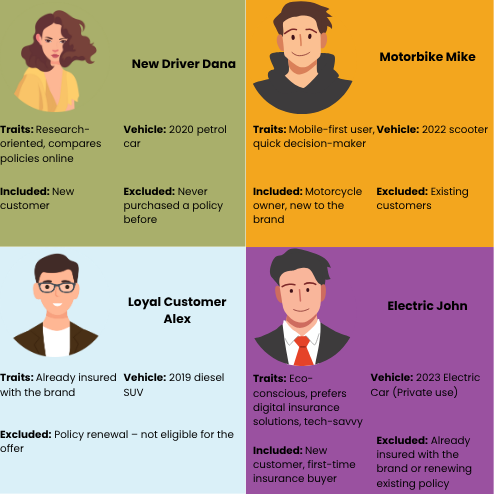🚀 Approach / Strategy
Throughout the campaign, each media channel played a distinct role based on user behavior and overall campaign goals. By leveraging the strengths of each platform, we were able to engage users at different stages of their customer journey:
📌 Channels Used & Media Planning
Google Demand Gen
• With its visually-driven nature, this channel allowed us to reach users in the “exploration” stage via Gmail, YouTube, and Discover placements. This helped us connect early with potential customers who had shown interest but were not yet in the decision-making phase.
DV360 (Programmatic)
• Display Ads: Enabled broad reach and high visibility in key demographic and geo-targeted segments. Contextual targeting based on categories and keywords ensured ads were shown to users with relevant interests, boosting ad quality and engagement.
• Video Ads: Used to deliver impactful brand messages and capture user attention more effectively. These formats also played a key role in driving users into the remarketing funnel.
Meta Ads (Instagram & Facebook)
• Reach: Given the high activity of our target audience on these platforms, we achieved fast frequency and wide-scale visibility. The campaign offer was rapidly communicated to large audiences.
• Traffic: Click-through content guided users to the campaign landing page, feeding the remarketing pool and building future targeting capabilities.
TikTok Ads
• Reach: Creative content was placed in-feed to raise awareness among younger, tech-savvy users. The native appearance of the ads encouraged natural user interaction.
• Traffic: Interested users were funneled toward the campaign page, positioning them in the mid-stage of the conversion journey.
Ad Network
• Created a segmented audience pool using demographic, geographic, and contextual targeting.
• Employed retargeting strategies for users who interacted with the campaign but did not convert.
• With flexibility and scale, this channel helped reach niche micro-segments otherwise difficult to access.







